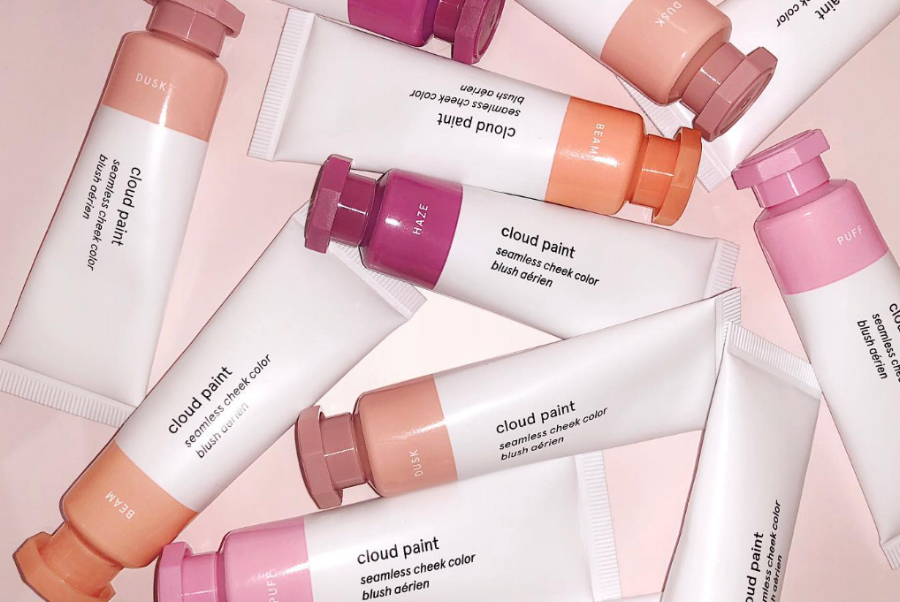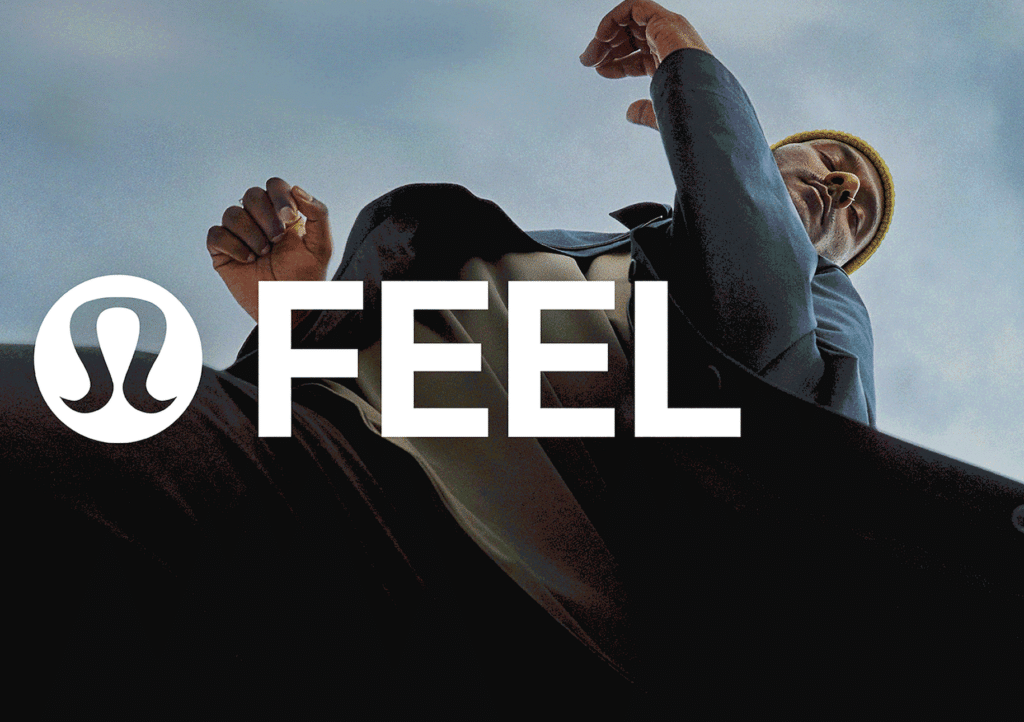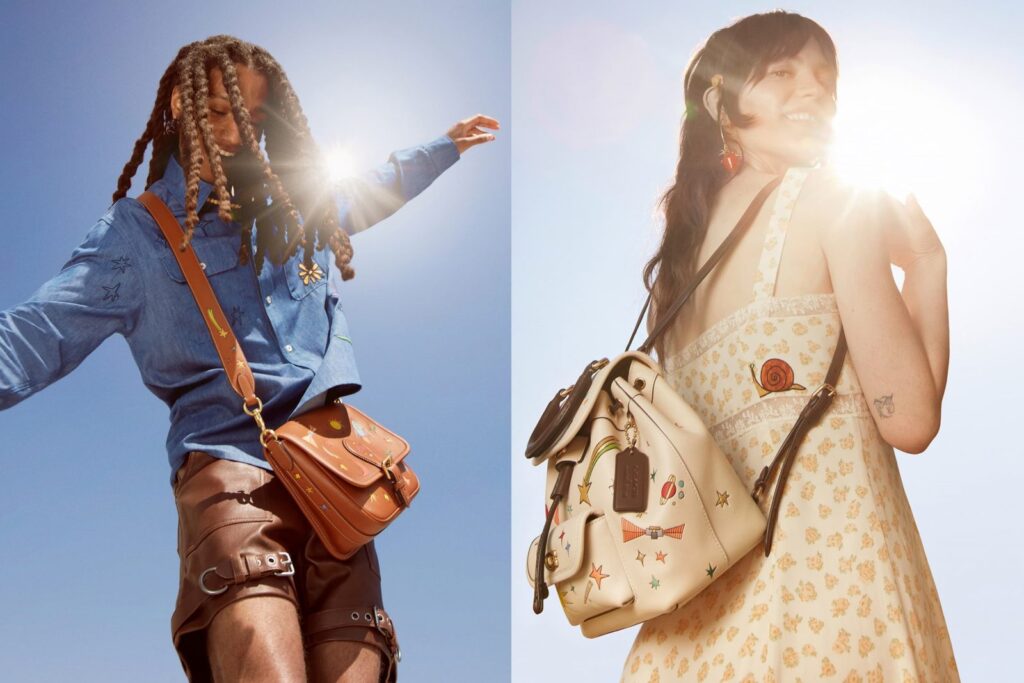
image: Glossier
Generation Z, the demographic following from the all-powerful millennial, is growing up with a highly sophisticated media and tech environment and are (easily) slated to be more digitally savvy than any of their generation forbearers. This fact stands to significantly alter how they can be and will best be catered to by marketers and brands, alike, which have recognized this group of individuals – those born between 1995 and 2012 – as the next consumer powerhouse.
With that in mind, retail analysts are readily scouring the market for trends in connection with these budding mega-consumers. According to Piper Jaffray’s bi-annual “Taking Stock With Teens” study, which takes the temperature of 6,000 Gen Z-ers (aged 16 on average), there are a number of notable consumption patterns at play …
They are spending more money on food than fashion. Upper-income household (those with an average income of $100,000) teens are spending 24 percent of their money on food — 4 percent more than they are spending on clothes. Teens from average-income homes (those with an average income of $56,000) are spending about 21 percent of their money on food, 2 percent higher than their spending on apparel.
Experts say the shift in buying preferences is not just about the food, but more squarely due to the fact that they craze social experiences in an age of social media and constant connectedness. “This is a generation that’s hungry for social interaction,” clinical psychologist Dr. Shaun Wehle told Moneyish. “It’s more about the experience.”
Not only are Gen Z-ers spending more money on feed than fashion, they are spending more money on beauty products than fashion, as well. In terms of beauty products, this age-group shelled out an average of $368 per year, with spending for skin care leading the way. That represents an increase of 18 percent in spending compared to last year’s report. Of that spending, 44 percent of Gen-zers said Sephora was their top beauty products source, followed by Ulta, which captured 28 percent of their sales.
28 percent name Michael Kors as their favorite handbag brand, the highest number. Kors was followed by fellow “accessible luxury brands, like Kate Spade, which was favored by 17 percent of Gen-Zers, and Coach with 14 percent. At the lower end of the list, just 9 percent of Gen-Zers were spending on Gucci, and even less, 7 percent, on Louis Vuitton.
Their top shopping platform: Amazon, of course, with a whopping 44 percent saying so. The second highest-ranking e-commerce site for them was Nike at just 6 percent, followed by American Eagle at 4 percent.
“Our spring survey has shown an uptick in teen spending, which we believe mirrors the economic expansion we are experiencing broadly. Within a teen’s wallet, food is the top priority but video games (for males) and beauty (for females) are gaining share,” said Erinn Murphy, Piper Jaffray senior research analyst.
Unsurprisingly, Murphy also says, “We are seeing strong signs of a brand cycle led by 1990s and streetwear styles with adidas, Vans, Supreme and Tommy Hilfiger as the most notable positive brand movers.”











